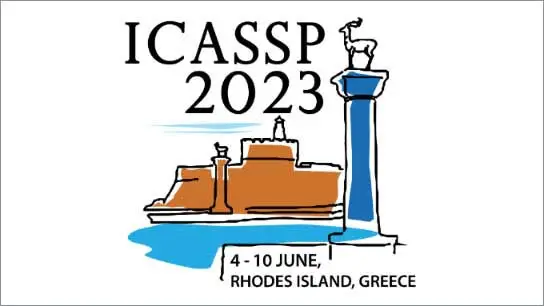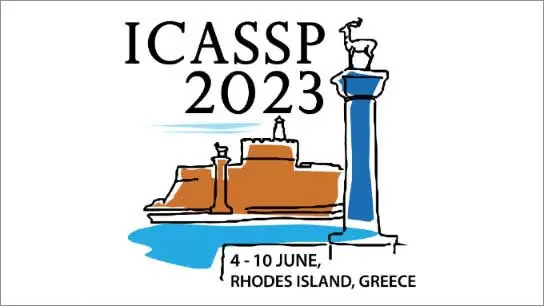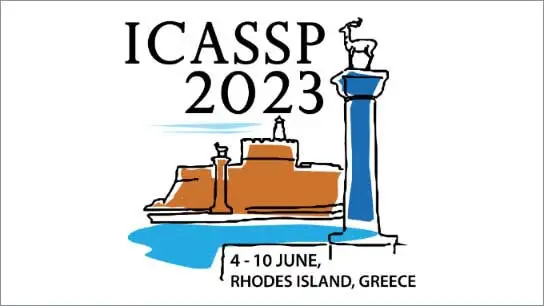Exploring Self-supervised Pre-trained ASR Models For Dysarthric and Elderly Speech Recognition
Shujie HU (The Chinese University of Hong Kong); Xurong Xie (Institute of Software, Chinese Academy of Sciences); Zengrui Jin (The Chinese University of Hong Kong); Mengzhe GENG (The Chinese University of Hong Kong); Yi Wang (The Chinese University of Hong Kong); Mingyu Cui (The Chinese University of Hong Kong); Jiajun Deng (The Chinese University of HongKong); Xunying Liu (The Chinese University of Hong Kong); Helen Meng (The Chinese University of Hong Kong)
-
Members: FreeSPS
IEEE Members: $11.00
Non-members: $15.00
06 Jun 2023
Automatic recognition of disordered and elderly speech remains a highly challenging task to date due to the difficulty in collecting such data in large quantities. This paper explores a series of approaches to integrate domain adapted Self-Supervised Learning (SSL) pre-trained models into TDNN and Conformer ASR systems for dysarthric and elderly speech recognition: a) input feature fusion between standard acoustic frontends and domain adapted wav2vec2.0 speech representations; b) frame-level joint decoding of TDNN systems separately trained using standard acoustic features alone and with additional wav2vec2.0 features; and c) multi-pass decoding involving the TDNN/Conformer system outputs to be rescored using domain adapted wav2vec2.0 models. In addition, domain adapted wav2vec2.0 representations are utilized in acoustic-to-articulatory (A2A) inversion to construct multi-modal dysarthric and elderly speech recognition systems. Experiments conducted on the UASpeech dysarthric and DementiaBank Pitt elderly speech corpora suggest TDNN and Conformer ASR systems integrated domain adapted wav2vec2.0 models consistently outperform the standalone wav2vec2.0 models by statistically significant WER reductions of 8.22% and 3.43% absolute (26.71% and 15.88% relative) on the two tasks respectively. The lowest published WERs of 22.56% (52.53% on very low intelligibility, 39.09% on unseen words) and 18.17% are obtained on the UASpeech test set of 16 dysarthric speakers, and the DementiaBank Pitt test set respectively.



